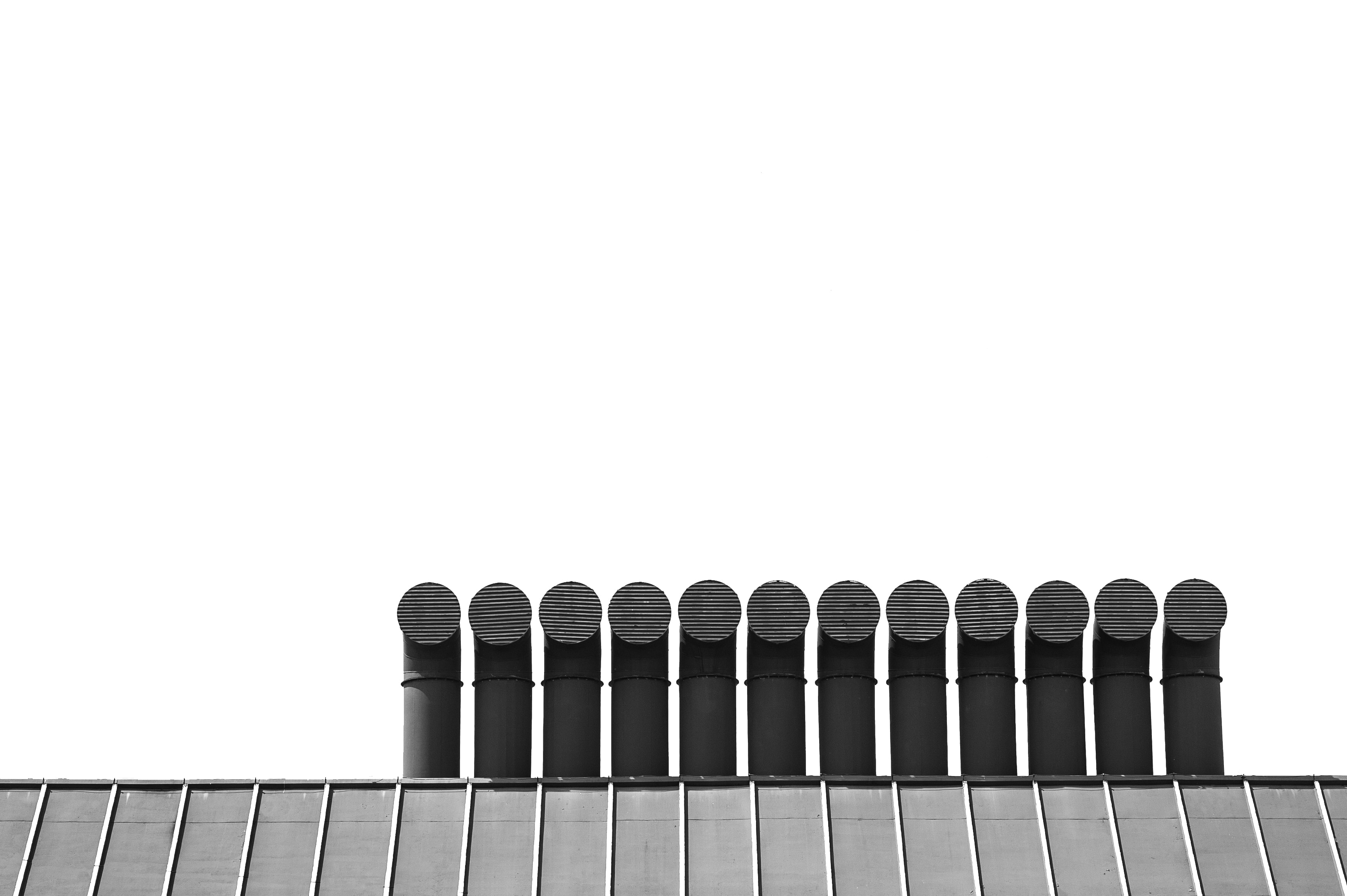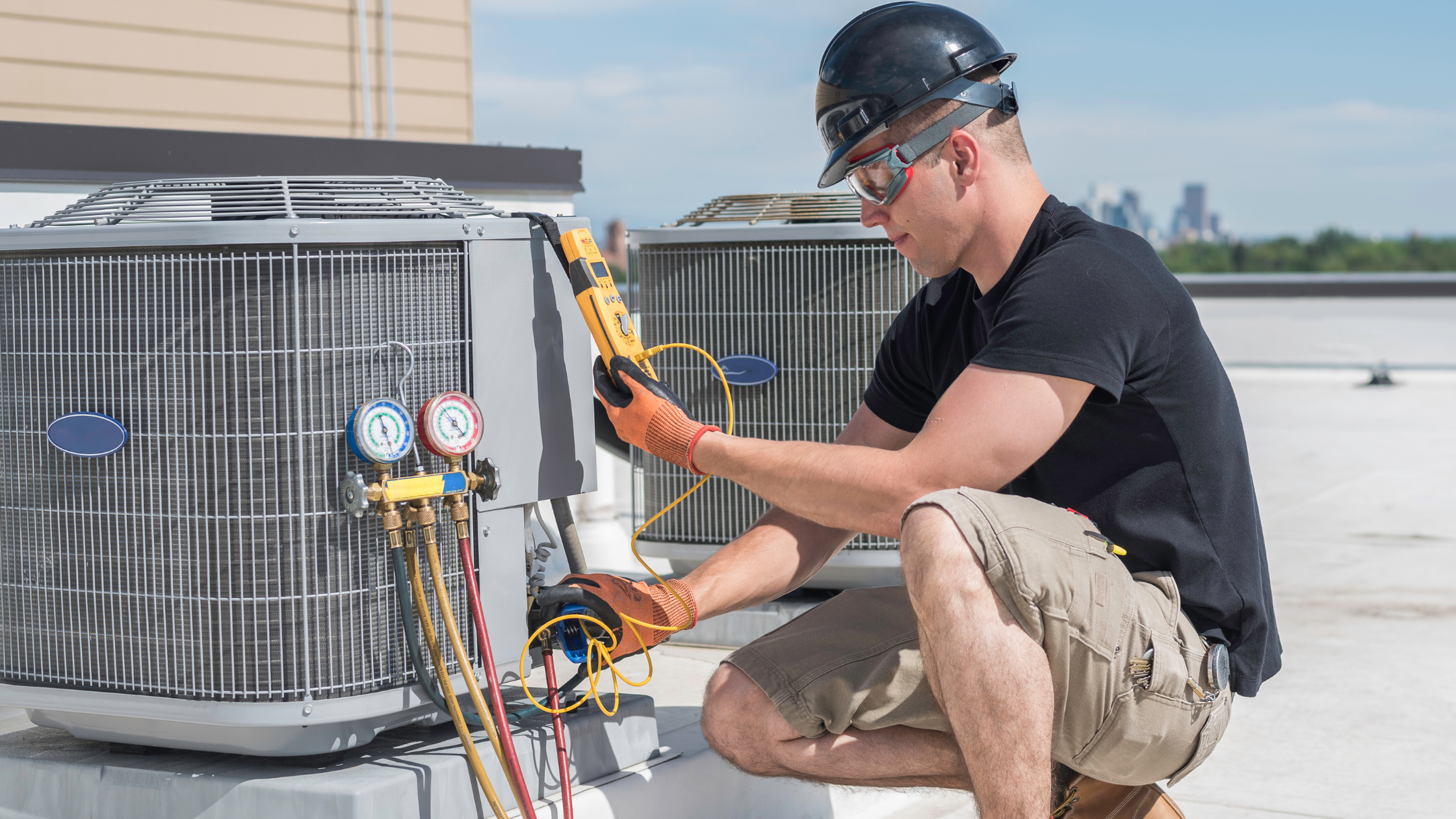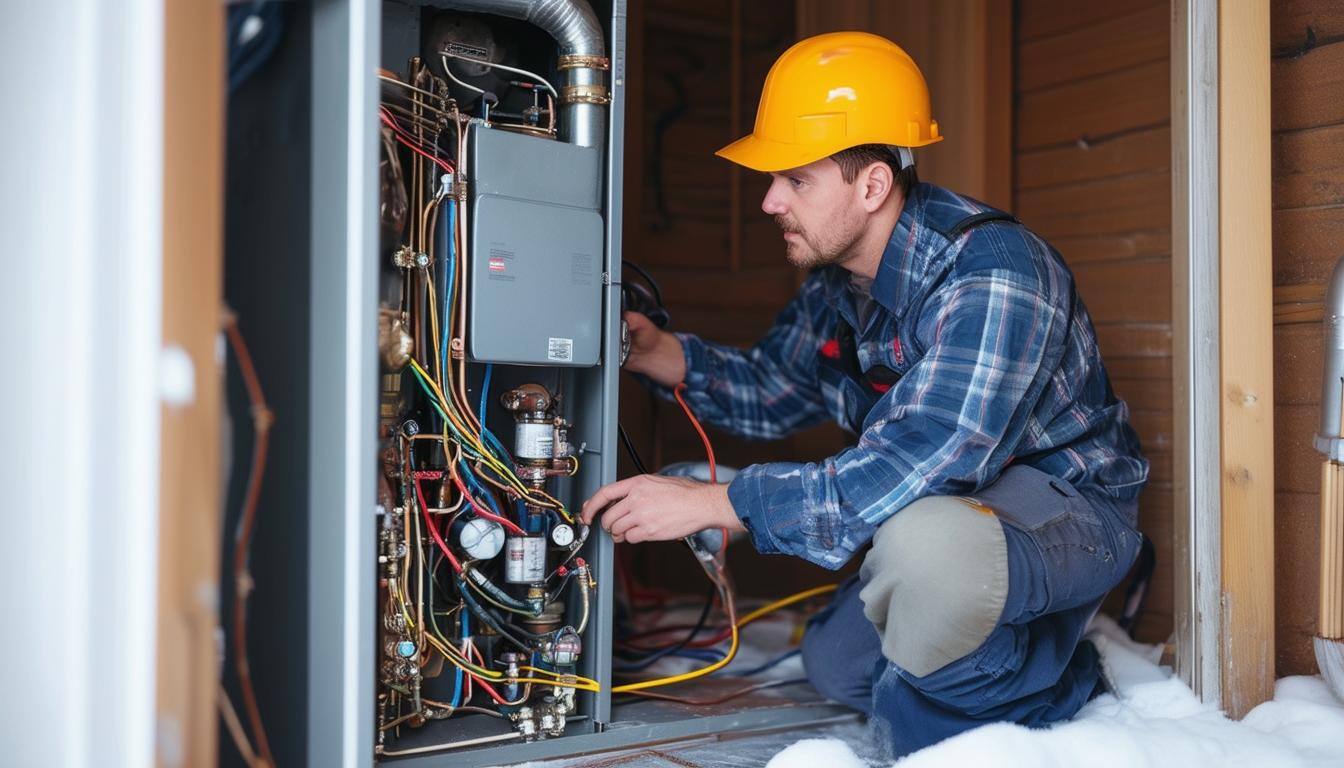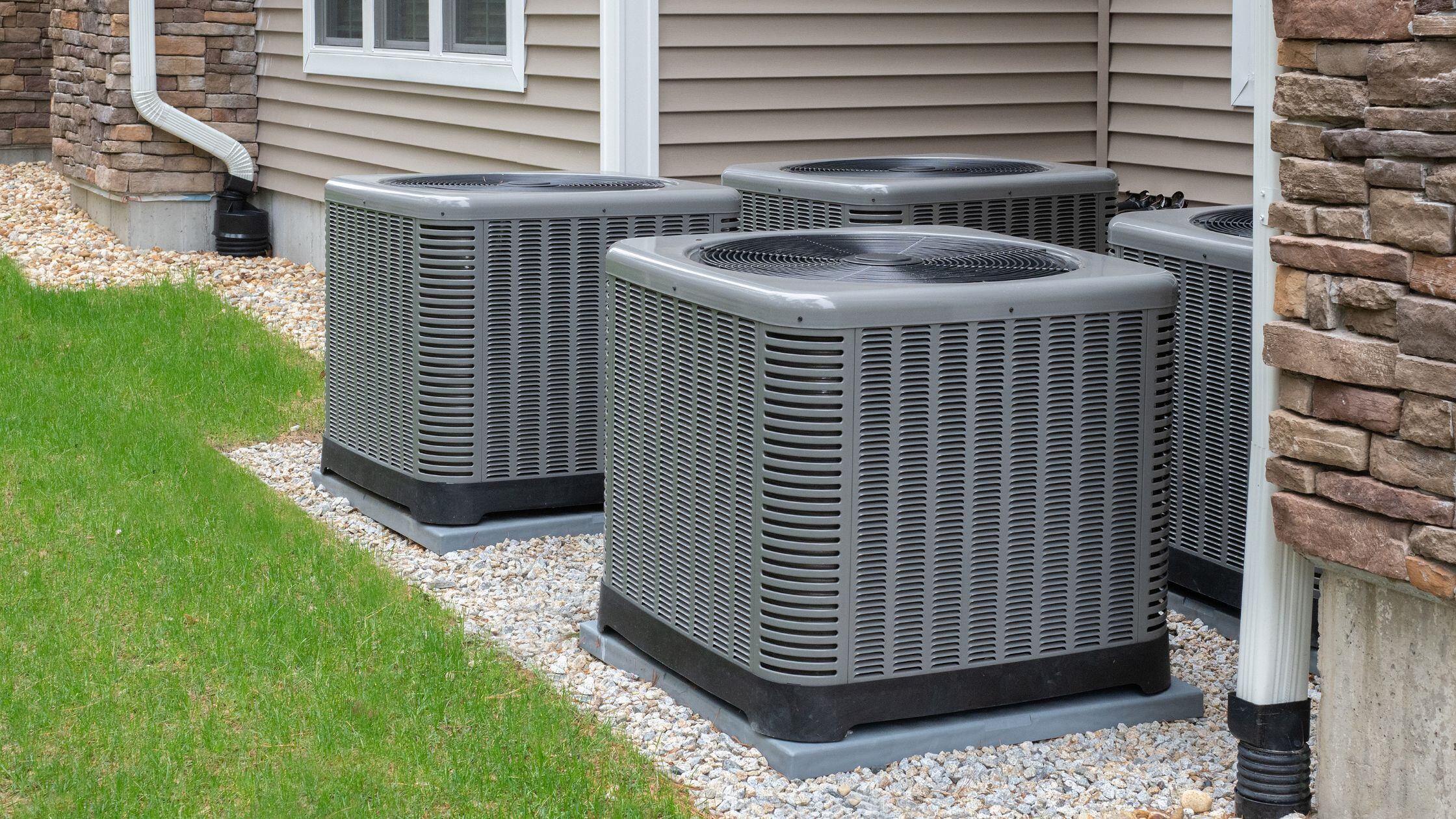As winter approaches, homeowners are presented with the perfect opportunity to ensure their HVAC systems are ready to tackle the colder months efficiently. Winterizing your HVAC system not only enhances its performance but also contributes to energy savings and overall home comfort. In this comprehensive guide, we'll explore the essential steps to winterize your HVAC system and keep your home warm throughout the season.
-
Schedule a Professional HVAC Inspection: The first step in preparing your HVAC system for winter is to schedule a thorough inspection by one of our qualified professionals. One of our certified technicians can identify potential issues, perform necessary repairs, and ensure that your system is operating at peak efficiency.
-
Replace or Clean Air Filters: Clean or replace your HVAC system's air filters regularly. Dirty filters restrict airflow, making your system work harder and reducing its efficiency. During winter, when the system is in high demand, clean air filters are crucial for optimal performance.
-
Check and Seal Ductwork: Inspect your ductwork for leaks, gaps, or any signs of damage. Properly sealed ducts prevent heat loss and ensure that warm air reaches every room in your home. Use duct sealant or professional duct tape to seal any gaps.
-
Install a Programmable Thermostat: Upgrading to a programmable thermostat allows you to set different temperatures for various times of the day. Lowering the temperature when you're away or asleep can result in significant energy savings without compromising comfort.
-
Inspect Insulation in Your Home: Adequate insulation is key to maintaining a comfortable temperature inside your home during winter. Check and add insulation to areas such as the attic, walls, and basement. This helps retain heat and reduces the workload on your HVAC system.
-
Clean and Inspect Vents and Registers: Ensure that all vents and registers are unblocked and free from dust or debris. Proper airflow is essential for balanced heating throughout your home. Use a vacuum or duster to clean vents and registers regularly.
-
Service Your Heating System: If you have a furnace, heat pump, or boiler, schedule a professional service before winter sets in. This includes cleaning, lubricating moving parts, and inspecting components for wear and tear. Regular maintenance extends the life of your heating system and improves its efficiency.
-
Consider a Humidifier: Winter air tends to be dry, which can lead to discomfort and health issues. Installing a humidifier in your home helps maintain an optimal humidity level, making the air feel warmer and reducing strain on your HVAC system.
-
Protect Your Outdoor Unit: If you have an outdoor HVAC unit, ensure it is protected from winter weather. Clean the unit, remove any debris, and consider using a cover to shield it from snow and ice. However, consult with a professional before covering the unit completely to avoid moisture retention.
-
Programmable Timers for Exterior Lighting: Strategically placed outdoor lighting not only enhances the aesthetics of your home but also provides additional warmth. Use programmable timers to control when exterior lights turn on and off, helping to create a cozy atmosphere during the winter evenings.
By following these comprehensive steps, homeowners can winterize their HVAC systems effectively, ensuring a warm and comfortable home throughout the colder months. Regular maintenance, combined with energy-efficient practices, not only enhances the system's performance but also contributes to long-term cost savings and sustainability.





